When child lock failure occurs, unauthorized rapid restarts or incorrect operation not only shorten device lifespan but also can worsen tongue cleaner abrasion. To help B2B manufacturers understand their potential linkage and propose optimizations, we explore this issue across six key areas.
First, an inadequate child-lock design can lead to accidental activation during transport, cleaning, or by curious hands:
Preventing mis-touch events is the first step toward reducing abrasion.
Next, child-lock failure subjects the tongue cleaner head and its shock-absorbing components to abnormal dynamic stresses:
A reliable lock mechanism can dramatically extend head longevity. Company web: https://www.powsmart.com/product/electric-toothbrush/
Moreover, in mis-touch scenarios, the tongue cleaner head is forced to run above its intended speed:
Avoiding unintended high-frequency activation is key to preventing excessive abrasion.
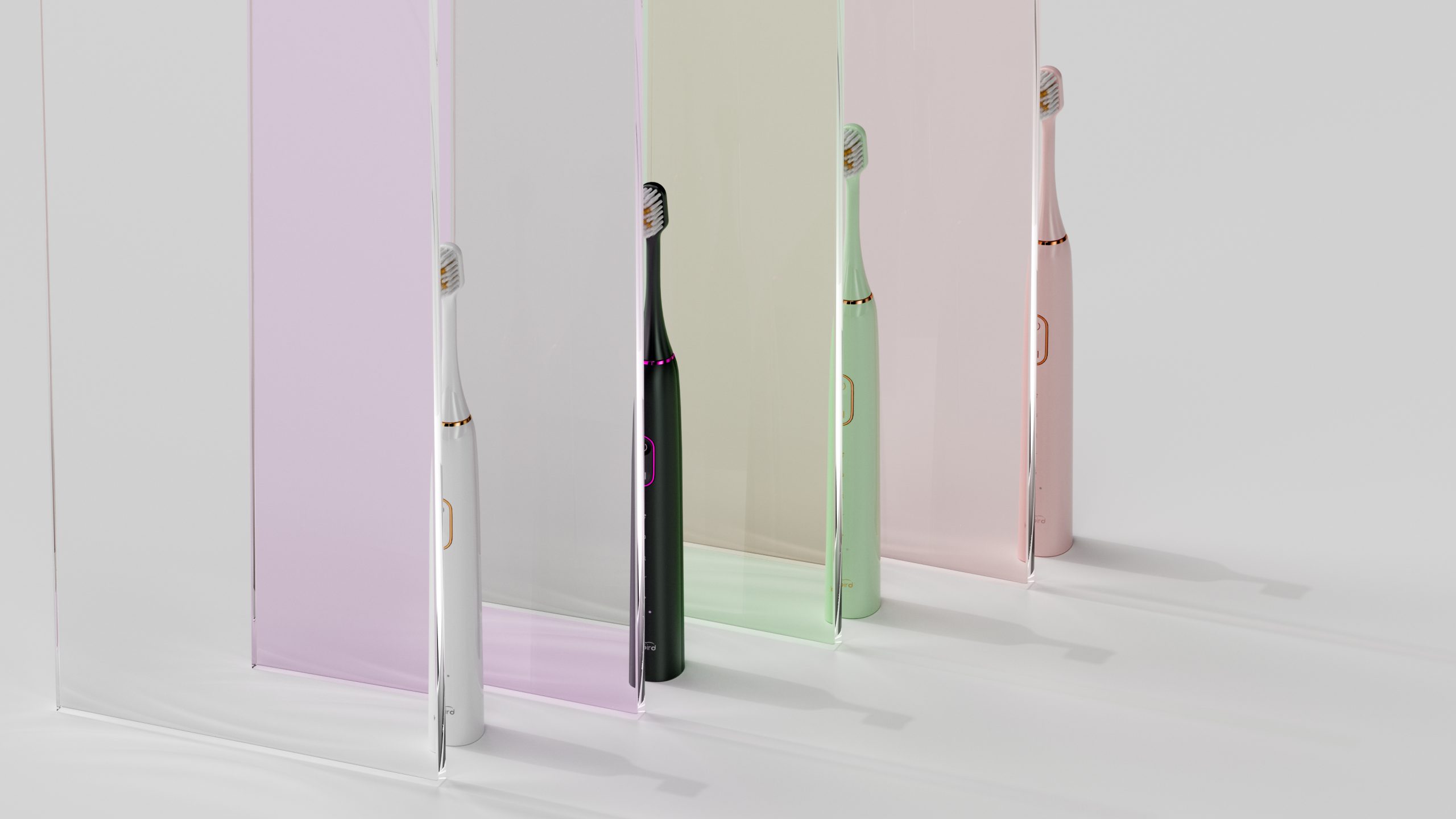
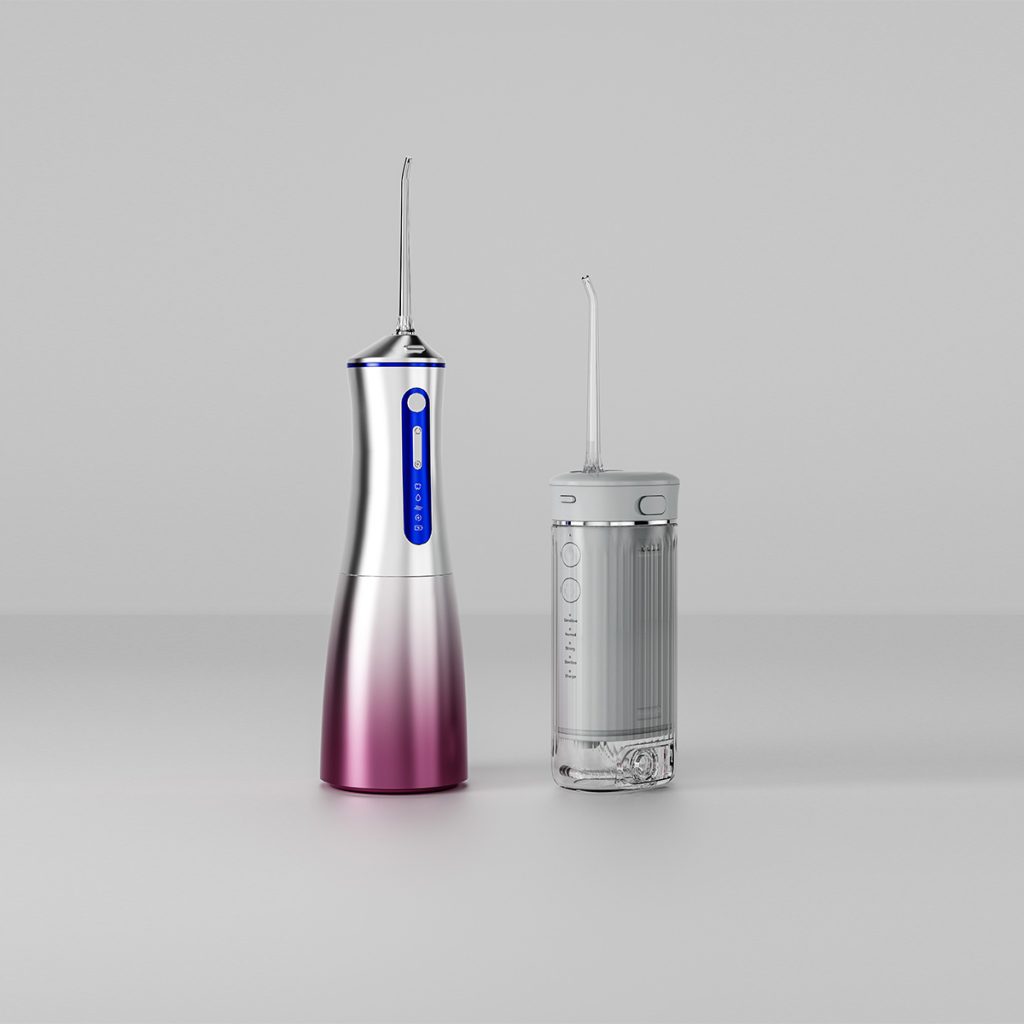
To address these issues, B2B manufacturers can implement:
These hardware upgrades significantly reduce shock transmitted to the head.
Beyond hardware, firmware can provide a second line of defense:
A combined hardware-software approach creates a closed-loop protection system.
Finally, thorough training and service maximize impact:
Robust user guidance and after-sales support further ensure both the child lock and tongue cleaner remain reliable.
Conclusion
When child lock failure and tongue cleaner abrasion coincide, it poses both safety and durability challenges. B2B manufacturers must address mechanical locking, shock-damping design, firmware safeguards, and user training in concert to prevent mis-touch–induced abrasion and deliver safer, longer-lasting smart oral-care devices. Contact us to enhance your product’s safety and lifespan!
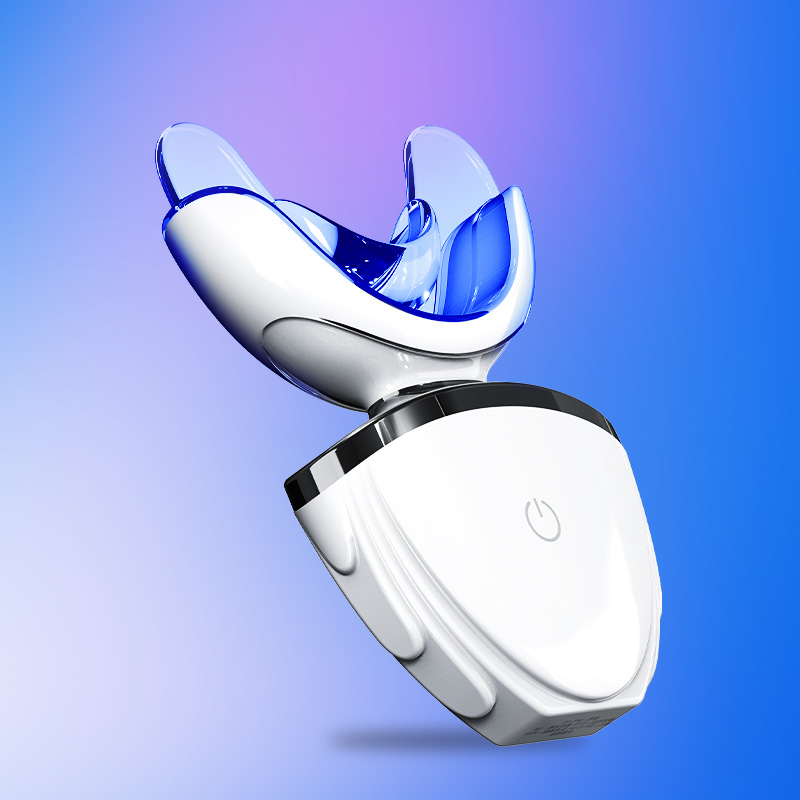
Explaining the Teeth Whitening Device and How to Use It
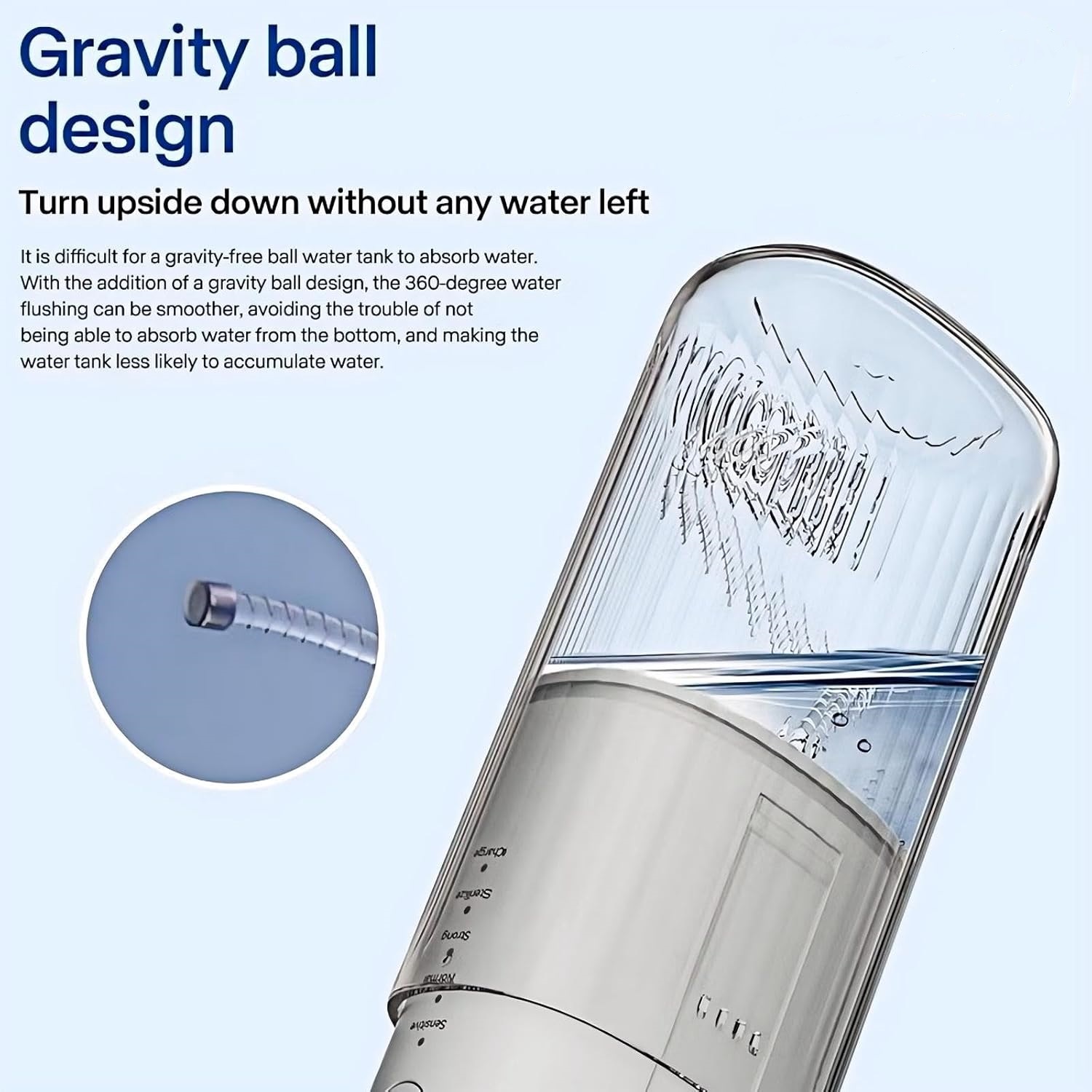
Analysis of Negative Reviews from Water Flosser Users: Factory-Side Solutions for Water Leakage, Loud Noise, and Unstable Pressure
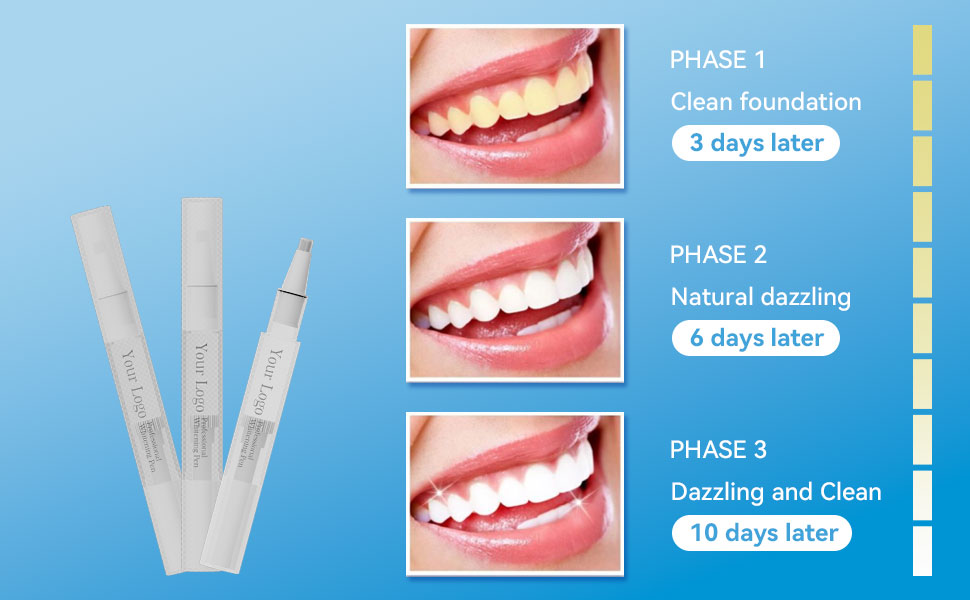
What is LED Teeth Whitening Kit and Usage Guide
Can Excessive Vibration from Electric Toothbrushes Loosen Teeth?
Can Brush Head Rotation Cause Enamel Erosion?
Nozzle Clogs + Water Leakage — Is Your Irrigator Still Usable?

Market Feedback of Electric Toothbrush + Water Flosser Two-in-One Device
Why Is Allergen Testing Critical for Post-Whitening Diets?

How Can Oral Care Product Brands Improve Customer Trust Through Content Marketing?
Luxury Gold Plated Electric Toothbrush Wedding Gift Surat

Water Flosser OEM vs ODM: How to Choose the Best Business Mode?

Do At-Home Light Therapy Teeth Whiteners Really Work?

Discover a Great Reason to Switch to an Electric Toothbrush
PowSmart’s Commitment to Quality: What Sets Our Oral Care Products Apart
.jpg)
Overbrush Habit Causing Pulp Inflammation – Irreversible?
.jpg)
Bluetooth-Enabled Electric Toothbrushes: Customization & Bulk Order Guide

electric toothbrush heads Regular Clean

electric toothbrush heads Deep Clean

Customization Teeth Whitening Gel

electric toothbrush heads Charcoal Infuse-Round

electric toothbrush heads Ultra Soft

Electric toothbrush heads Charcoal Infused-Diamond
.jpg)
Florida Electric Toothbrush – Powsmart PTR-C8

Private Label Whitening Gel
whstapp
whstapp
National Toll-Free Service Hotline
+86 755 86238638